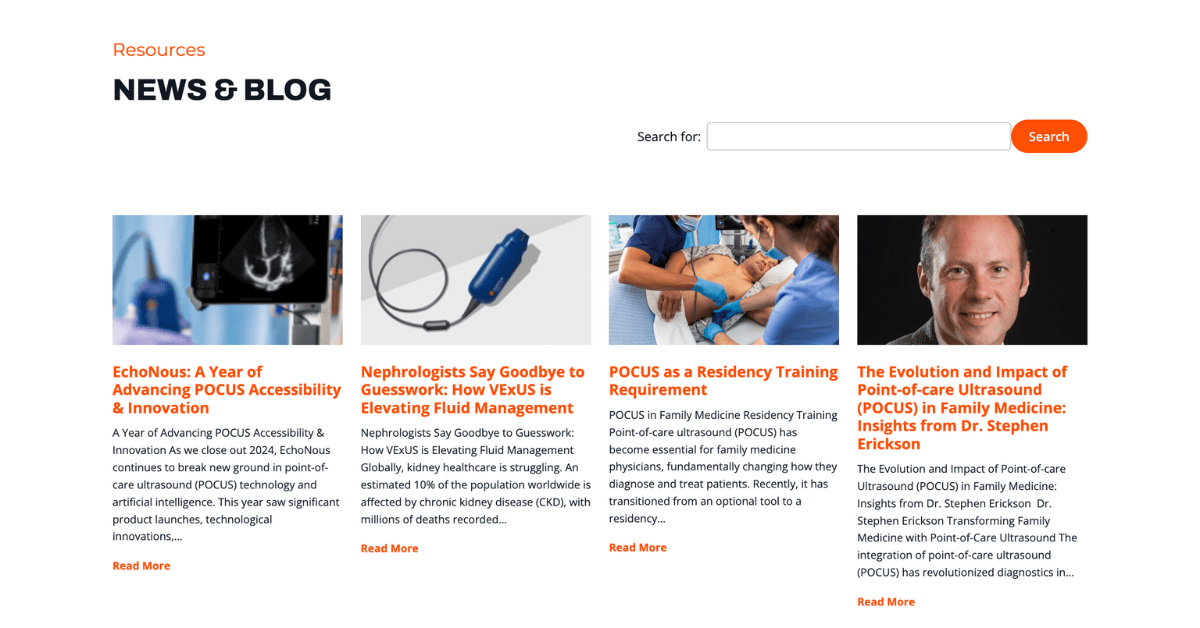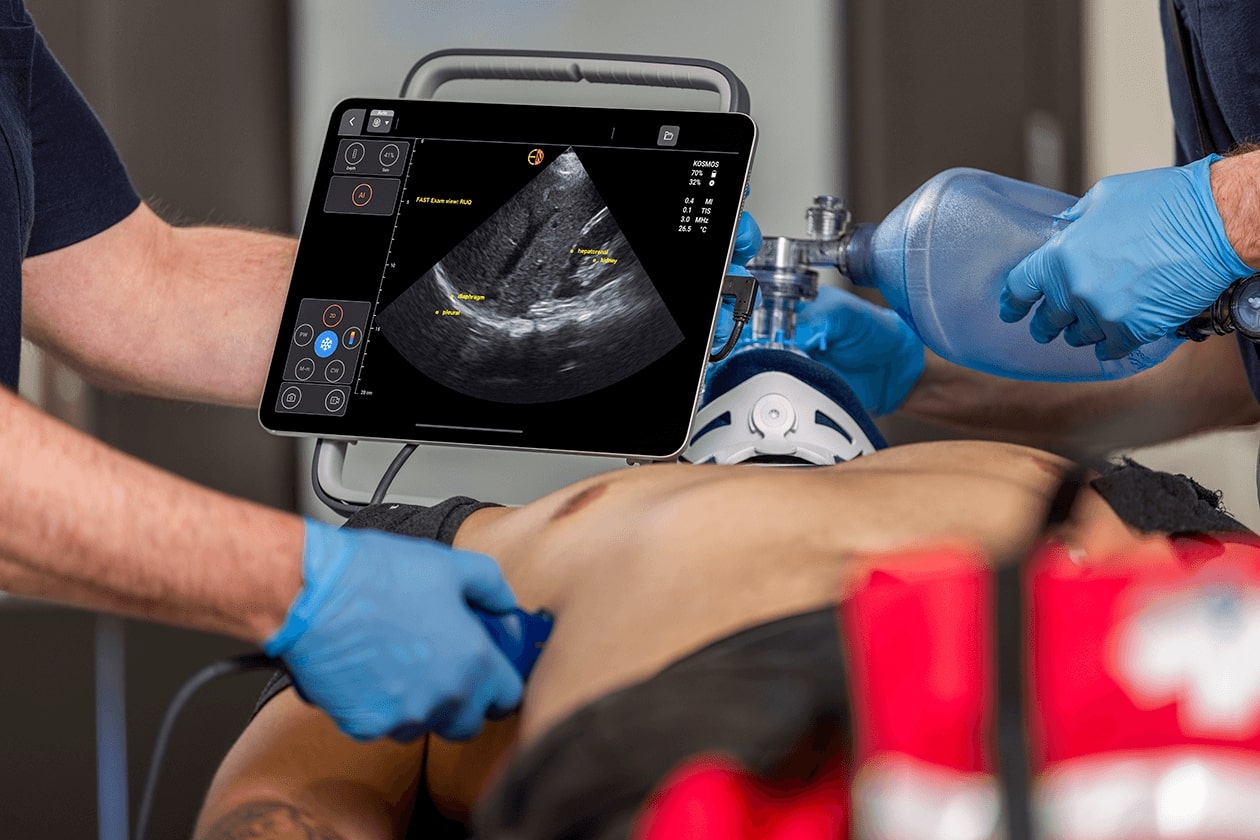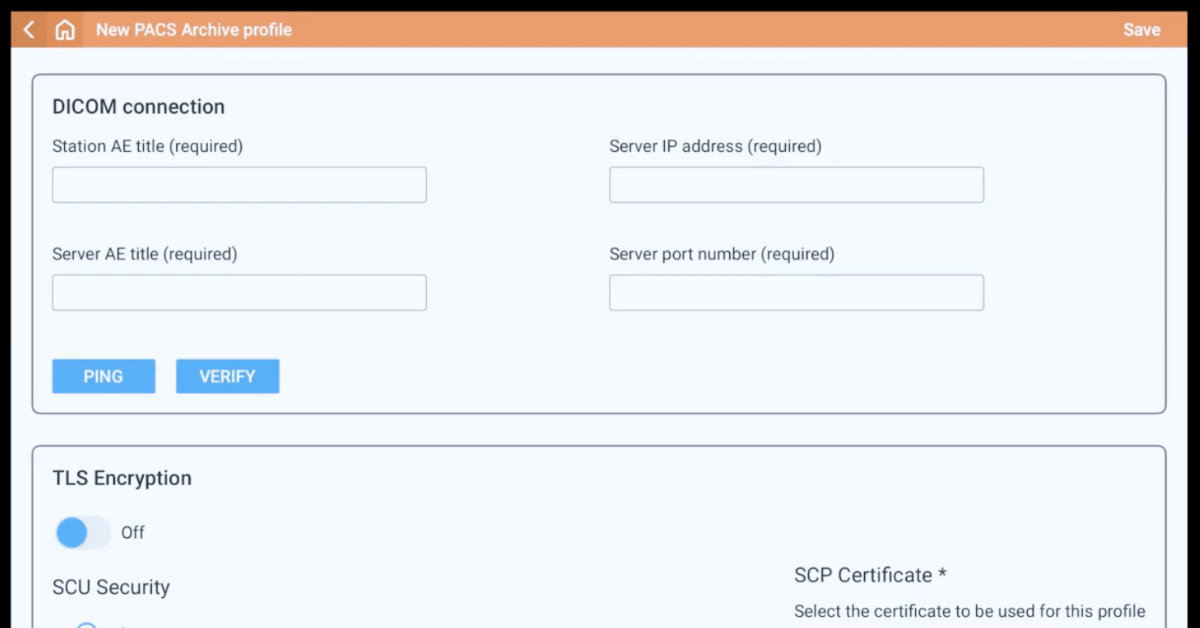Aortic Dissection
A 55-year-old, obese (BMI 33 kg/m2) female patient with long-standing hypertension presented to the ER with chest pain radiating to the back.
Her ECG had no signs of ischemia. Bedside examination with KOSMOS (challenging acoustic window due to obesity) revealed an intimal flap in the abdominal aorta from the subcostal window. Her aortic valve was tricuspid, and mild central aortic regurgitation jet was seen in the Apical 5 Chamber.
Dissection of the aorta originating from the ascending aorta and extending to the iliac arteries was confirmed on subsequent urgent CT. The patient was operated on an emergency basis, and a graft was successfully placed in the ascending aorta. She was discharged from the hospital 12 days later.




